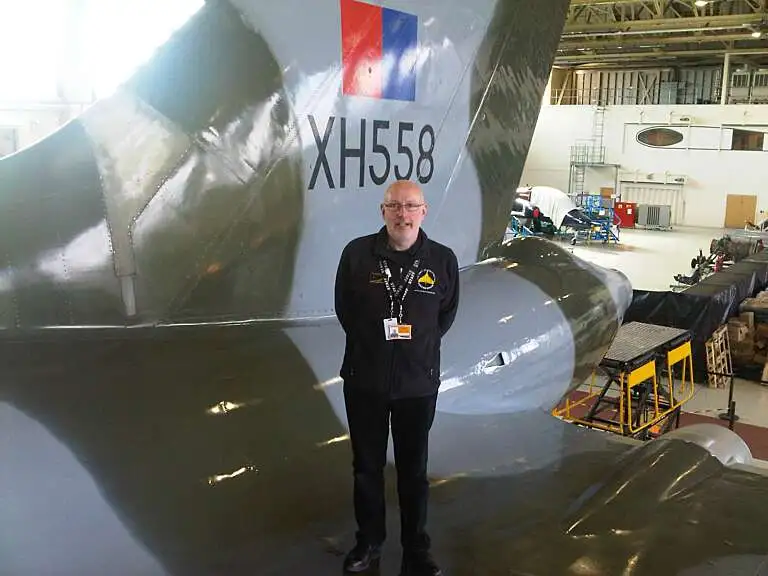
Blog: VTST Volunteer Steve Ware
Former engineer and Vulcan tour guide Steve Ware has always been fascinated by the world of aviation, and more so with one aircraft in particular
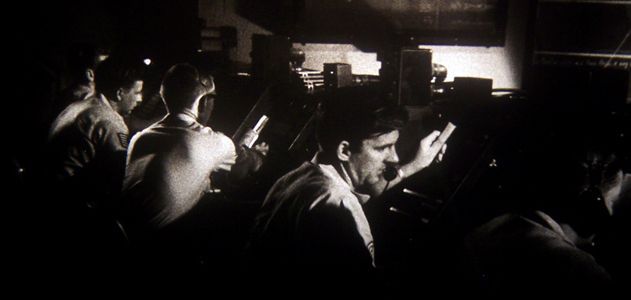
Operation Sky Shield was a series of three large-scale military exercises conducted in the United States. The Cold War games were carried out by the North American Aerospace Defence Command (NORAD) and the Strategic Air Command (SAC) to test defences against a Soviet air attack.
Sky Shield I was carried out on 10 September 1960. Sky Shield II followed on 14 October 1961 and it ran for 12 hours. It was the second time that US civil air traffic in the entire US and Canada had been grounded and was the largest air defence manoeuvre ever held in the Western Hemisphere. Sky Shield III was held on 2 September 1962.
Reporting on the operation, the Whitehouse and NORAD reassured the public that its defence was 99.9% effective.
In the pre-TV era, Americans saw the news every week in their neighbourhood movie theatres. Newsreels were shown before every feature film and in dedicated newsreel theatres located in large cities.
A report on the participation by RAF Vulcans and their penetration of the US defence was first published in the Daily Express in January 1963. It was initially strenuously denied by the United States Department of Defense, which stated “that British aircraft last took part in a Strategic Air Command exercise over the United States in the autumn of 1960”. In a later statement, Eugene Zuckert, Secretary of the USAF, said the report was; “completely without foundation”. The Chicago Tribune newspaper reported; “We do not know whether the Royal Air Force leaked the story in order to show up the Kennedy administration because of its decision to scrap the Skybolt air-to-ground missile.”
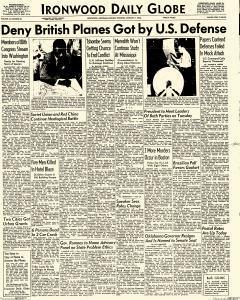
The details of Operation Sky Shield were classified until 1997. The files became partly declassified in 1997 when Russia was judged to be no longer a threat. It was obvious that not everything went as planned…
More than 50 U.S. fighter-interceptor squadrons participated in Sky Shield II, including those equipped with McDonnell F-101B Voodoos, Convair F-106 Delta Darts and F-102 Delta Daggers, Lockheed F-104 Starfighters, Northrop F-89J Scorpions, and Douglas F-4D Skyrays.
RAF Bomber Command was invited to participate in the exercise. High Wycombe was more than happy to oblige, especially as it gave them an opportunity to test the new Vulcan B.2 under virtually operational conditions. For Sky Shield II, the Royal Air Force had provided eight delta-wing Vulcan bombers to mix with NORAD forces, posing as Russian heavy bombers.
Nos 27 and 83 Squadrons sent four aircraft each. The 83 Sqn aircraft were sent to Lossiemouth to attack from the north while the 27 Sqn went to Kindley AFB, Bermuda, to penetrate from the south. On 14 October 1961, both groups set off. British Air Marshall Sir Kenneth B.B. Cross of the Bomber Command and Sir Wallace Kyle, chief of the Royal Air Force technical training command, sat with General Kuter who was commander of NORAD, monitoring events in Colorado Springs. Kuter was responsible for all air defence in the United States (except Hawaii), Canada, and the coasts of both nations out to 150 miles.
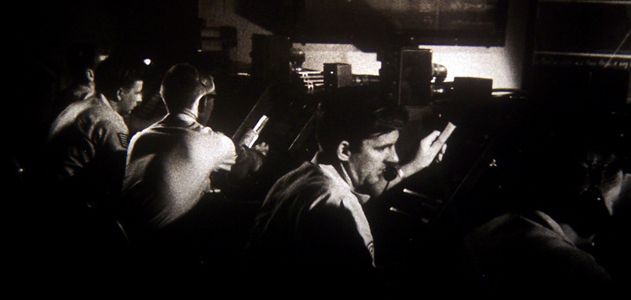
The northerly wave began with B-47s going in at low level from 500ft upwards, jamming out the ground radars. Behind them came the B-52s between 35,000ft and 42,000ft supported by B-57s. No. 83 Sqn’s Vulcans operated at the highest altitude of 56,000ft.
Shortly before 2 p.m., interceptors had sprung for the B-52s. Electronic countermeasures proved so effective that only the first Vulcan was detected and ‘shot down’ by a McDonnell F-101 Voodoo near Goose Bay, Labrador. At 2:02 p.m. the voice of an Air Force colonel reached the Boston Sector: “Gentlemen, we shot down our first enemy.” Although numerous fighters were scrambled, they all concentrated on the B-52s. By the time the Vulcans came through, the interceptors did not have enough fuel left to climb to 56,000ft for another battle. The British penetrated unscathed to land at Stephenville, Newfoundland for debriefing and bragging rights.
The southern wave also approached ‘using all jamming equipment and passive defence systems’. As No. 27 Sqn’s aircraft reached fifty miles from the coast the fighters were unleashed. The southernmost Vulcan turned and flew north behind the jamming screen provided by its compatriots. While the F-102 Delta Daggers concentrated on the three lead Vulcans, the fourth crept round to the north and sneaked through to land at Plattsburgh AFB, New York.
The effectiveness of the Vulcans in the exercise was largely due to the advanced electronic countermeasures (ECM) systems on these aircraft and the Vulcan’s famed and unique manoeuvrability amongst strategic bombers.
NORAD must have felt pleased that the Soviets wouldn’t be flying Vulcans! In theory, Washington DC, New York City and even Chicago could have been obliterated before the Vulcans run out of fuel.

Former engineer and Vulcan tour guide Steve Ware has always been fascinated by the world of aviation, and more so with one aircraft in particular
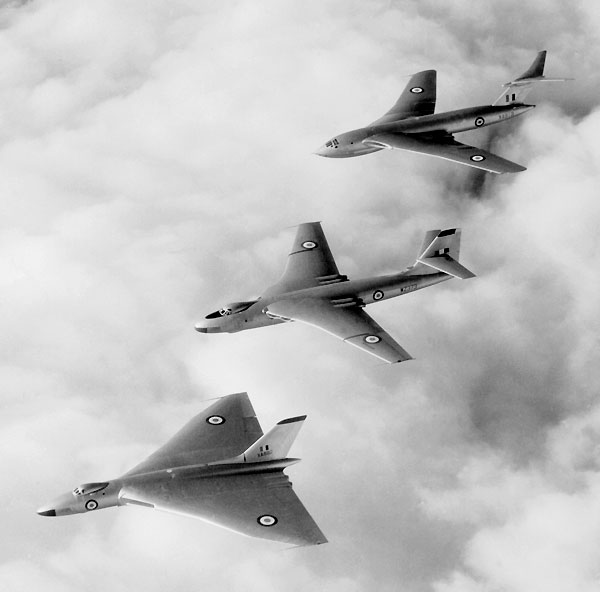
Research into delta-wing aircraft had also been conducted by the Royal Aircraft Establishment (RAE) at Farnborough, and the combined results of this programme and that
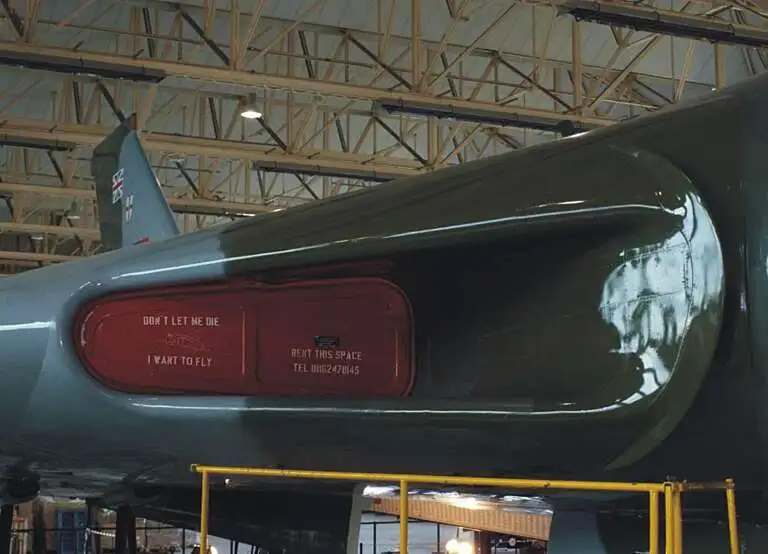
Feature article on part of XH558’s 2013 Winter Service – by Sam Evans, airframe technician. It’s what 558 does best, her signature and lets you
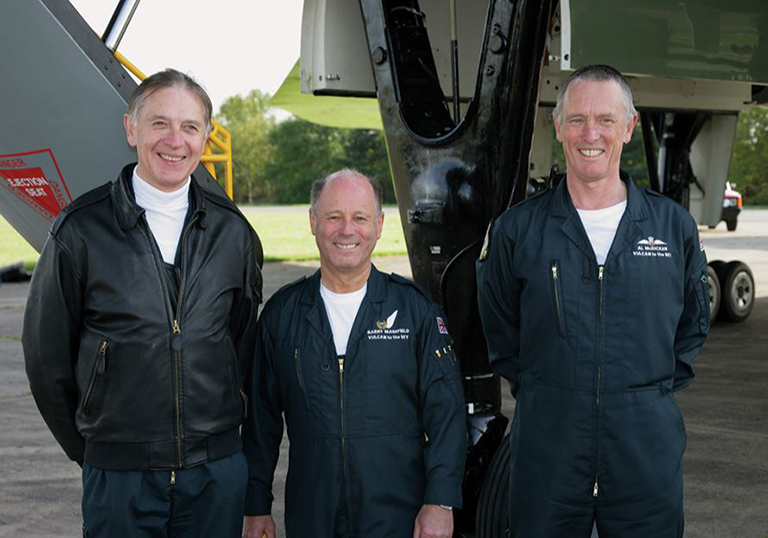
Barry Masefield was the Air Electronics Officer (AEO) for Vulcan XH558 and had flown in this iconic aircraft for over 30 years, also being a key